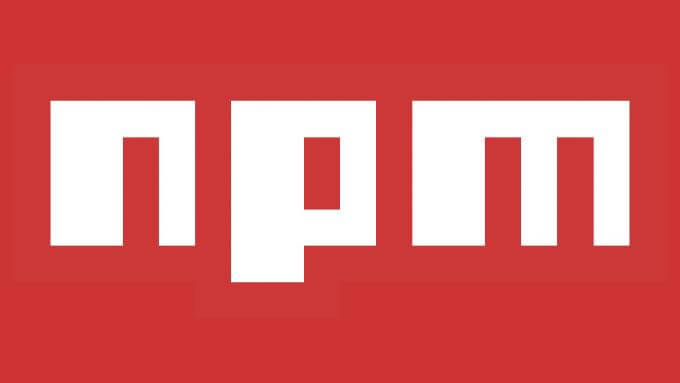npm Commands for npm Noobs
Jul 5, 2020
·
2 mins read

Since diving deeply into frontend development, I was having trouble adjusting with the node ecosystem, more specifically to the npm commands. I just keep on forgetting what the different npm commands do. So here’s my short notes on them.
Basics
$ npm --version # check npm version
$ npm install -g npm@latest # update npmNotes:
- npm packages can be installed locally or globally.
- global packages are installed with -g flag or - -global flag
- all installed packages get stored in node_modules folder
Package installation
# initialize a project that will contain node dependencies
$ npm init
# search for packages
$ npm search package_name
# install express package
$ npm install express
# save package as a developer dependency (e.g. testing frameworks)
$ npm install express --save-dev
# install a specific version of express
$ npm install express@1.2.3
# uninstall express package
$ npm uninstall express
# check installed packages
$ npm list --depth=0 # do with -g for global packagesNotes:
- npm init generates package.json file. Subsequent operations may generate a package-lock.json file
- package.json tracks installed packages
- package-lock.json ensures same dependencies are used across all machines
A cloned git repo will not have dependencies installed. But a package.json will be present. To install the dependencies from package.json run
$ npm install # make sure you are in project directoryUpdating packages
# check for outdated packages
$ npm outdated
# ~/.npm directory will get cluttered with old packages over time
# so clean it occasionally with
$ npm cache clean --force
# search for vulnerabilities in installed packages
$ npm audit
# updates packages to remove known vulnerabilities
$ npm audit fixnpx
Whereas npm is a tool for managing packages, npx is a tool for executing packages.
# For example
npx http-server
Sharing is caring!